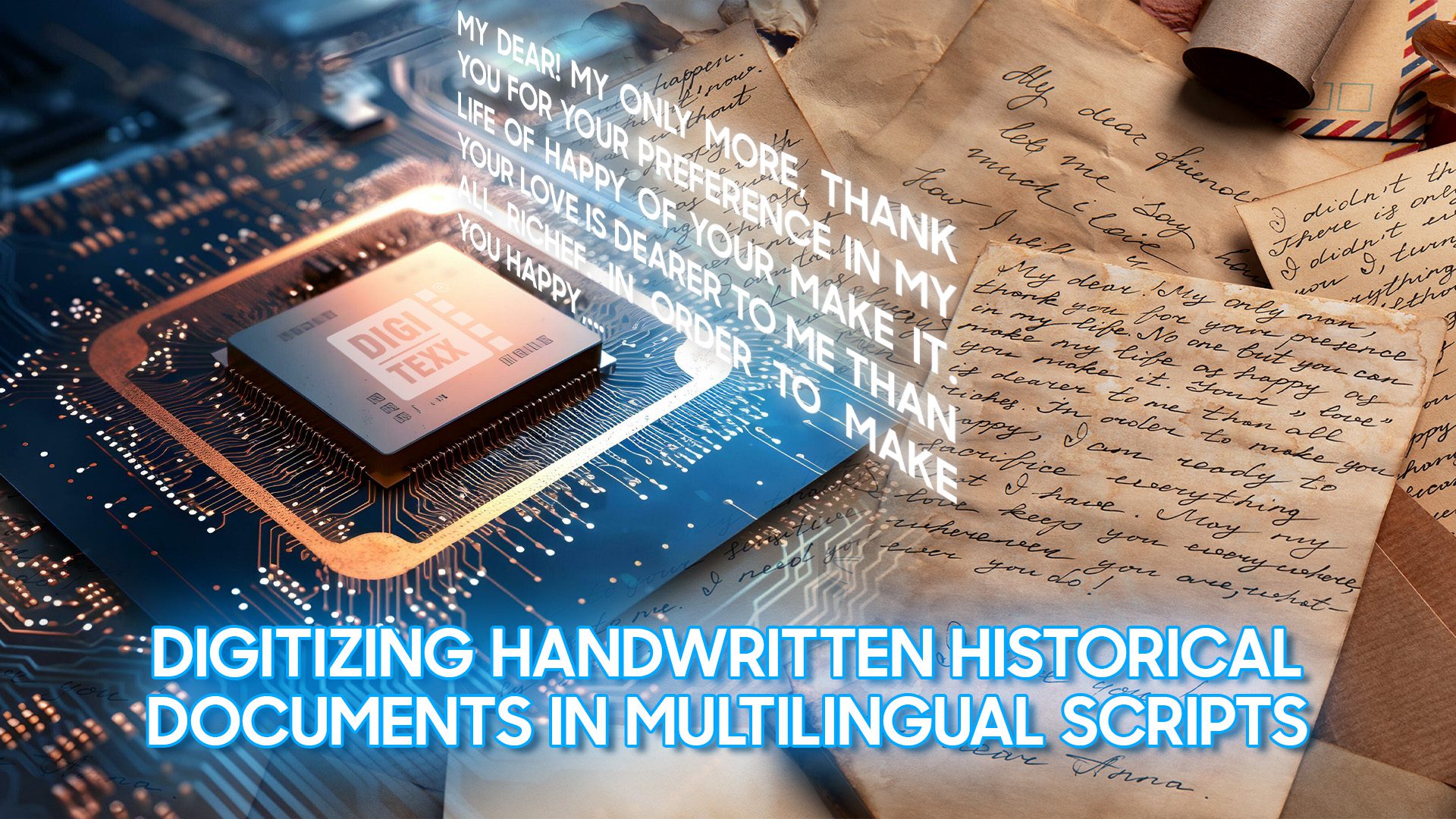Digitization has significantly changed the way historical research is conducted by providing greater access to primary sources and enhancing the efficiency of research processes.
Digitization has been playing an essential role in helping historical researchers to preserve human’s endless heritage as well as making them more accessible to researchers and the public.

Can digitization help humans enhance their historical research process?
How Digitization Facilitates Researchers Uncover The Past?
Improve Image & Text Analysis
Modern technologies can now analyze historical images and photographs, empowering researchers to identify and categorize visual elements, such as clothing styles or architectural features. This can provide valuable insights into historical periods and cultural trends.
For example, image recognition algorithms can automatically identify, classify and enhance images, while OCR (optical character recognition) engines can convert scanned documents or pictures into searchable text.
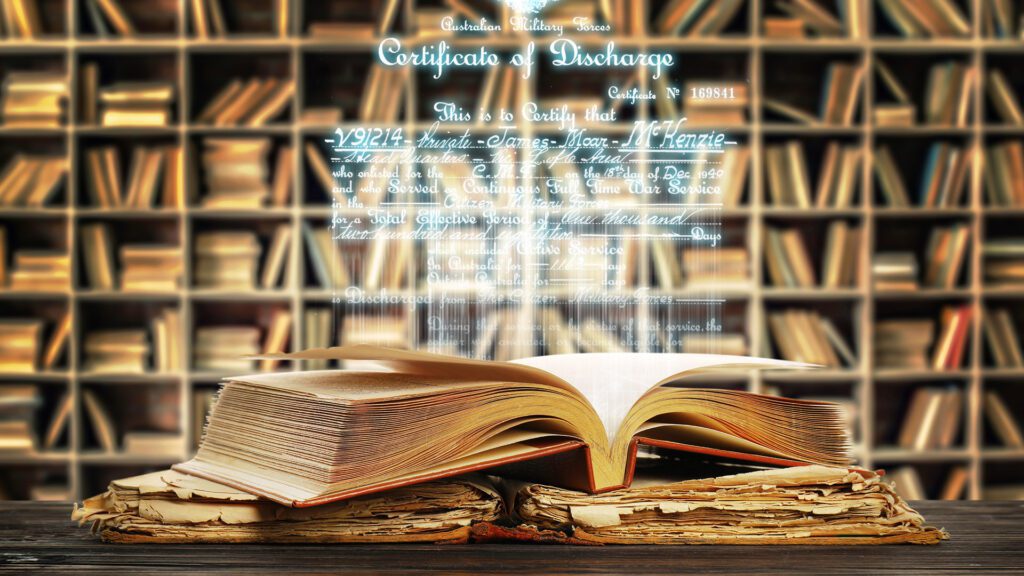
Digitization helps convert scanned documents or pictures into searchable text
Greater Access & Faster Research in Primary Sources
Digitization has made it possible for researchers to access primary sources from all over the world. Documents, photographs, manuscripts, and other historical artifacts that were once difficult to access are now available online, often for free.
Moreover, digitization has significantly sped up the research process. Instead of traveling to museums and libraries to access physical copies of documents, researchers can now search for and access digitized copies online.
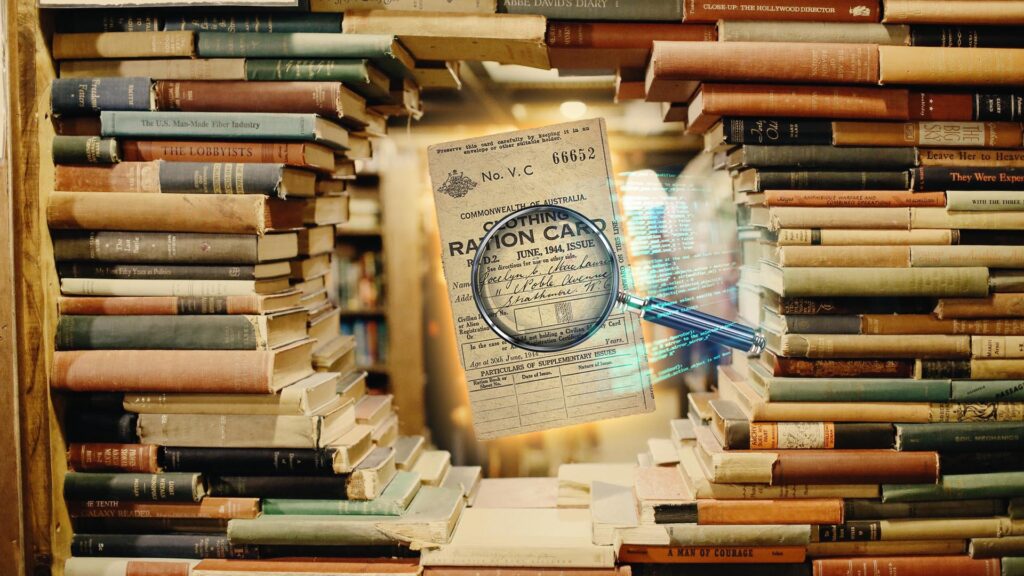
Researchers can now search and access digitized copies online.
Boost Digital Preservation & Restoration
Digitization has also helped to preserve historical documents and artifacts. By digitizing old documents and artifacts, researchers can ensure that they are preserved for future generations. Digital copies can be easily backed up and stored securely, making it less likely that they will be lost or damaged.
Modern technologies can be used to restore damaged or degraded historical documents and artifacts. For example, image restoration technologies can be used to remove noise or other distortions from digitized images, enabling researchers to examine the original paper more clearly.
Digitization technologies can help to preserve historical materials by identifying and flagging items that are at risk of deterioration or damage.

Image restoration technologies can be used to remove noise or other distortions from scanned images.
Enhance Data Processing & Analysis
Digitization has also made it possible for researchers to conduct data analysis on a larger scale. Digital copies of documents can be analyzed using various tools and software, making it possible to identify patterns and trends that might have been missed in physical copies.
Modern technologies can help researchers process large amounts of data quickly and accurately. One example of this is machine learning, machine learning algorithms can be used to identify and extract relevant information from historical documents, such as names, dates, and events.
Furthermore, documents can be shared digitally, and researchers can collaborate remotely, regardless of their physical location. This has opened up opportunities for interdisciplinary research and collaboration among researchers from different parts of the world
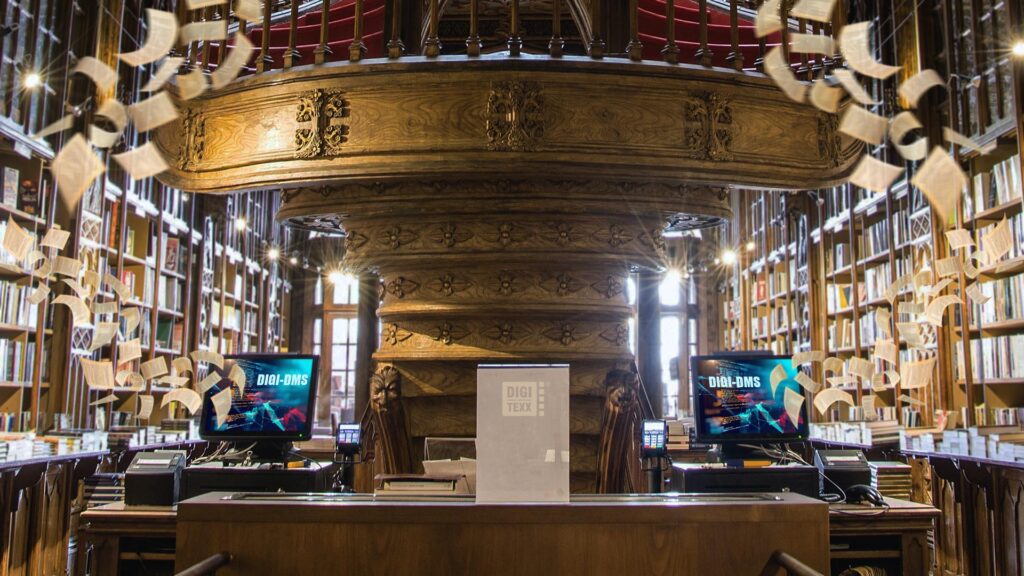
Documents can be shared digitally, and researchers can collaborate remotely, regardless of their physical location.
Some Common Practices of Applying Digitization Technologies to Historical Research
Analyze Texts in Ancient Documents
Digitization technologies can help researchers analyze historical data in new ways. For example, natural language processing (NLP) algorithms can be used to analyze large corpora of texts and identify patterns or trends that may not be immediately apparent to researchers.
Museums, libraries, and universities in developed countries, especially in the U.S. and Europe, are leveraging technologies to study ancient cultures and languages, figuring out more insights, and recovering the good-old-day heritages
Decipher and Recover Lost Languages
Centuries passed and many languages that are no longer spoken can now be restored with the support of modern technologies. Intelligent engines can be trained to recognize and detect ancient linguistics.
The data can be utilized to analyze typical changes in the shapes, characters, and pronunciation of languages as they evolve through different eras.
An intelligent system developed by the Massachusetts Institute of Technology (MIT) in the United States can determine connections between different languages based on Machine Learning (ML) techniques.
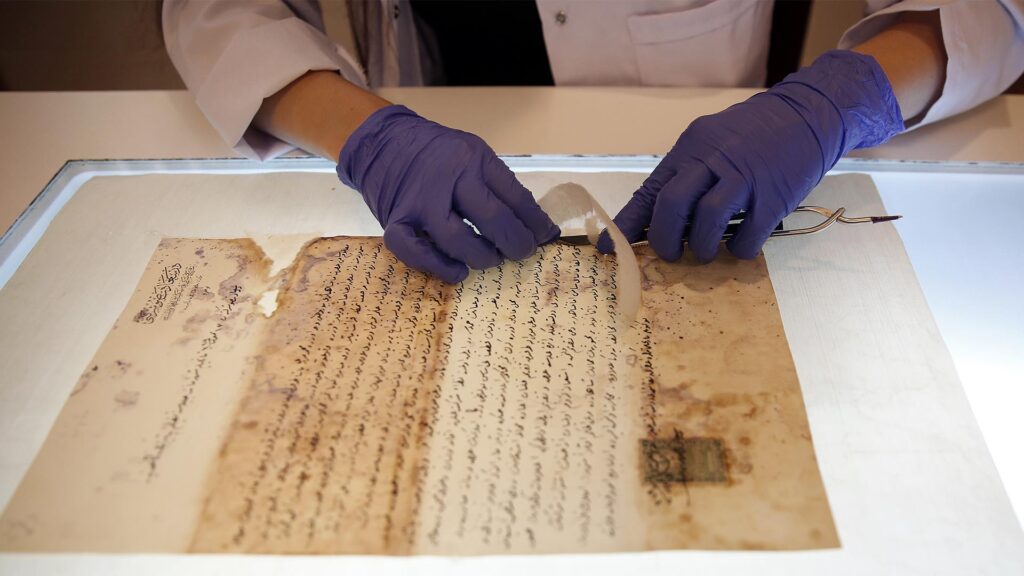
Many languages that are no longer spoken can now be revived with the support of modern technologies.
Face Recognition to Study Historical Portrait
By analyzing facial features, expressions, and other characteristics of individuals depicted in portraits, researchers can gain insights into the social, cultural, and historical contexts in which these portraits were created.
One possible application of face recognition technology in studying historical portraits is the identification of unknown sitters. Take the case of the “Mona Lisa” by Leonardo da Vinci as an example.
Researchers have used facial recognition technology to analyze the painting and identify potential sitters for the famous portrait. By comparing the woman’s facial features in the painting to other portraits and images from the same time and geographic location, researchers have suggested that the sitter may have been Lisa Gherardini, a noblewoman from Florence, Italy.

Researchers are utilizing face recognition technology in studying historical portraits.
Object Detection to Analyze Architectural Movements in Specific Periods
People can identify architectural features, patterns, and movements that might not be apparent to the human eye by detecting and tracking various objects within a provided picture or video.
For example, if researchers want to analyze the Art Deco architectural movement that was popular in the 1920s and 1930s, the algorithm could be trained to recognize the characteristic geometric shapes, decorative elements, and use of materials such as glass and metal that are associated with Art Deco.
Then, researchers can then use the trained machine to visualize how Art Deco is presented in the chosen period.
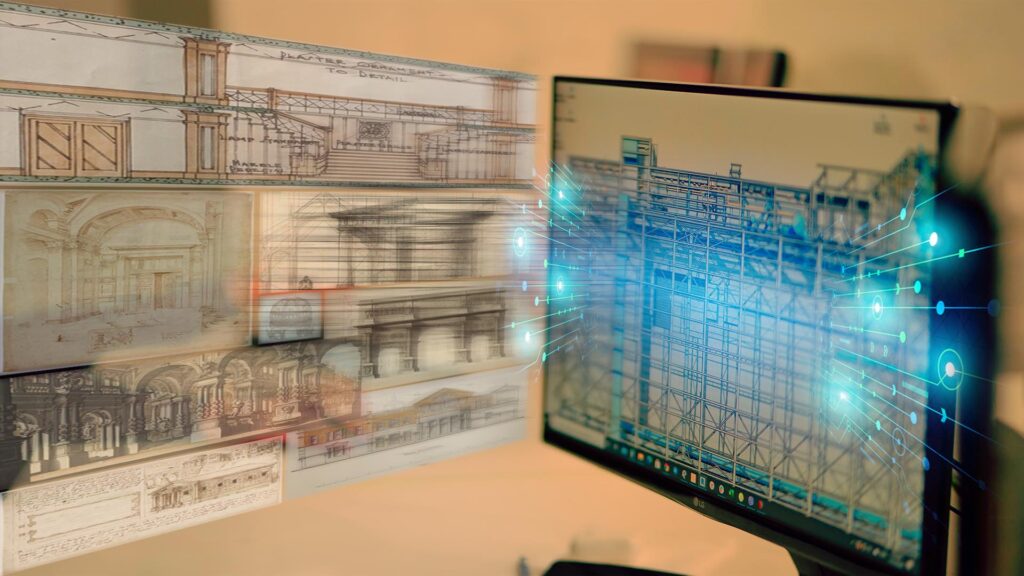
Architectural features from the past can be used to study the culture of the previous period.
Overall, digitization technologies have the potential to enable researchers to process, analyze, and interpret historical data more efficiently and accurately, opening up new avenues for historical research.
At DIGI-TEXX, with more than 11 years of experience, we are capable of digitizing old materials in different languages: old German, German, Spanish, English, French, Polish, Portugal, Czech Republic, Russian, Italian, etc.
To meet clients’ project demand with a massive volume of ancient documents, we combine our core team and crowd-sourced model with up to 3.000 employees on hand, maximizing our processing capacity by up to 15.000 historical documents/ day.

